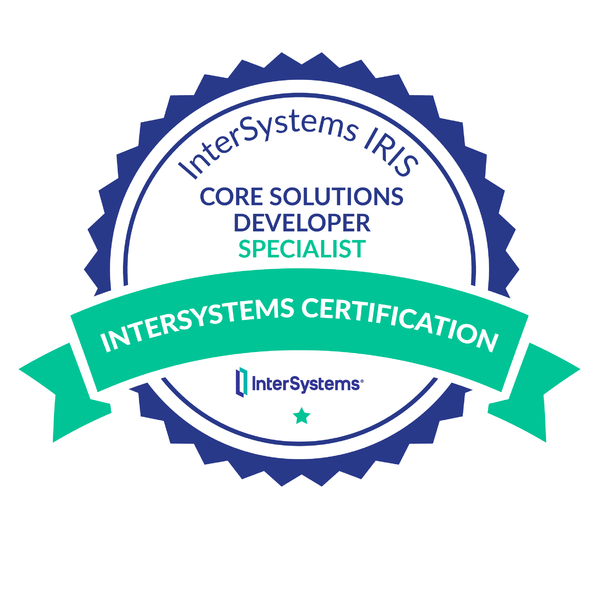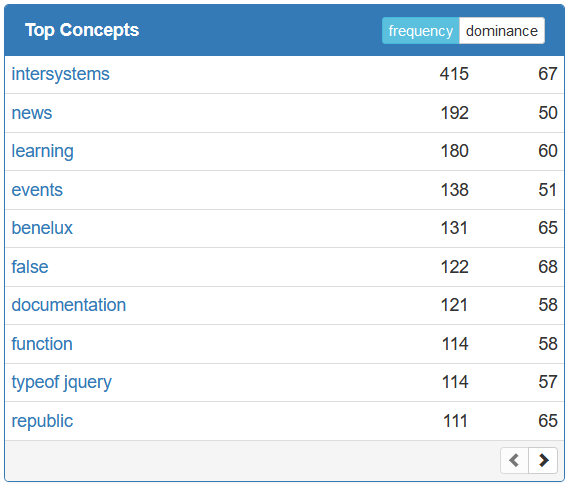Good day, Developer Community!
As you know we have Company listings on Open Exchange. It lets publishing Open Exchange applications on behalf of companies so one can check which solutions in certain industries are being provided by companies.
Sometimes people are also looking for qualitative and proven implementation or consulting services on InterSystems products: IRIS, Caché, Ensemble, or HealthShare.
And recently we introduced a new option on Open Exchange to list the services your company provides related to InterSystems technology: implementation, consulting etc.
How to do that?
Open your company profile in the Services tab and create a service. Choose the type of service and give a description of what the service is about and why it is worth ordering it. Instructions.
Then publish the service by sending it for approval.


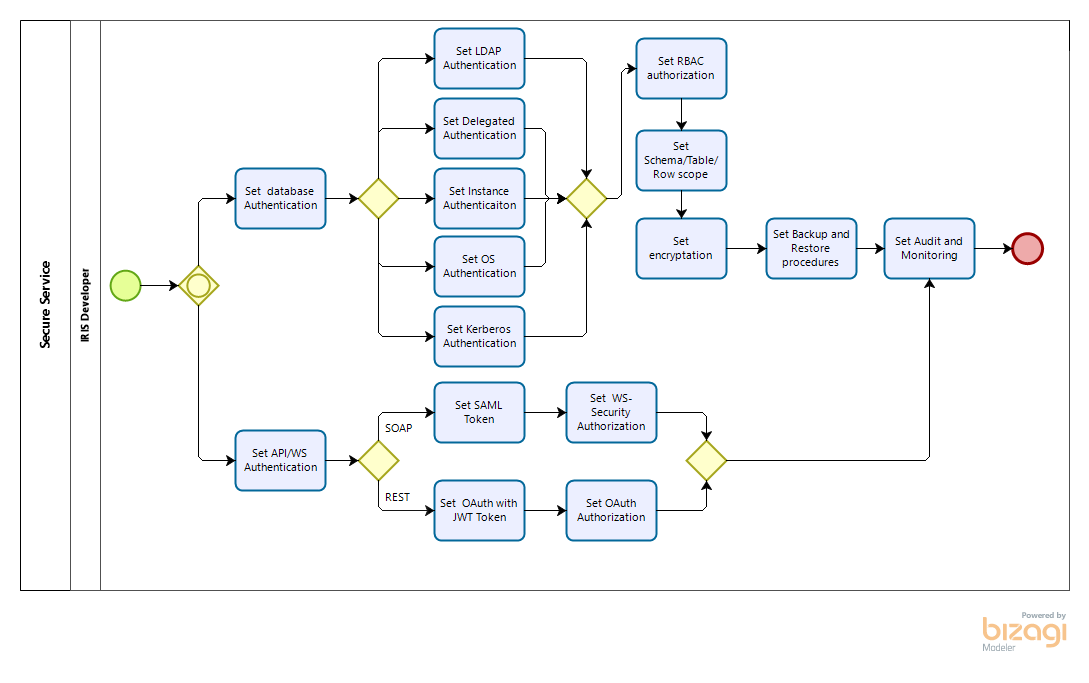

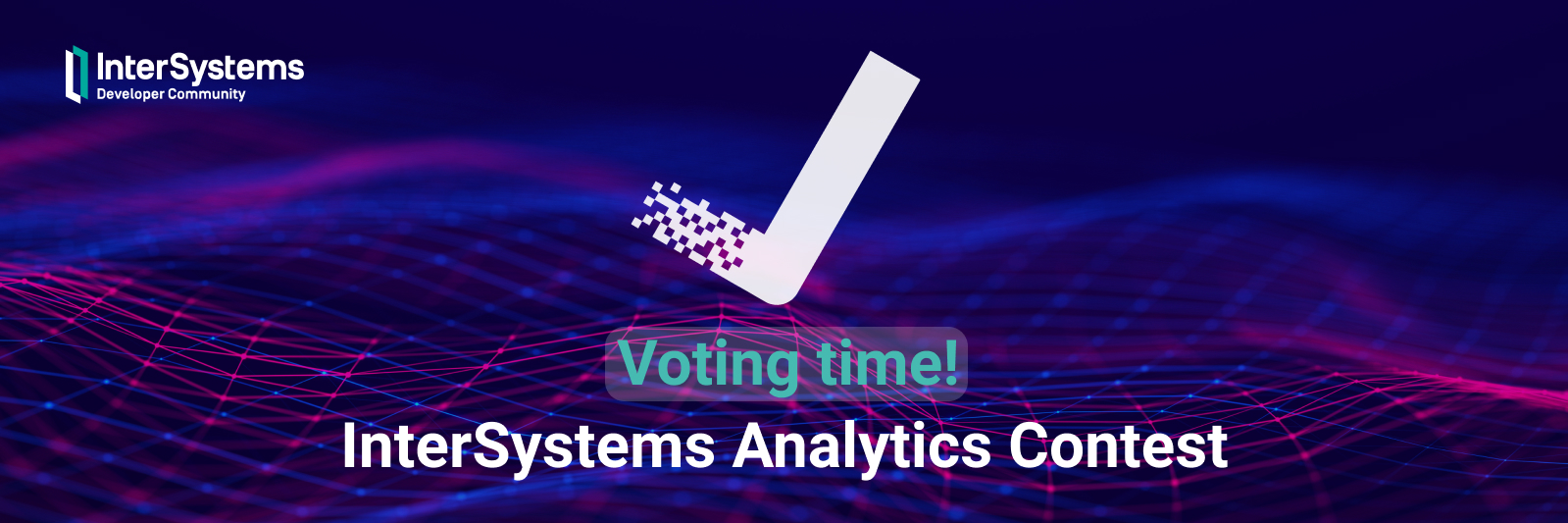

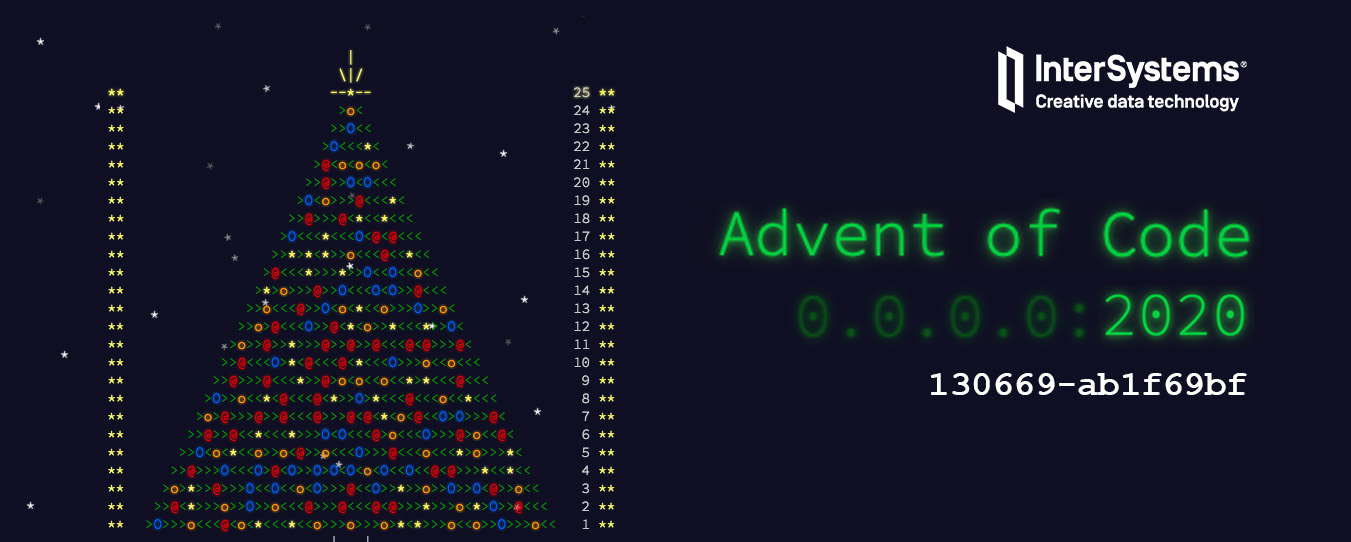
.png)
